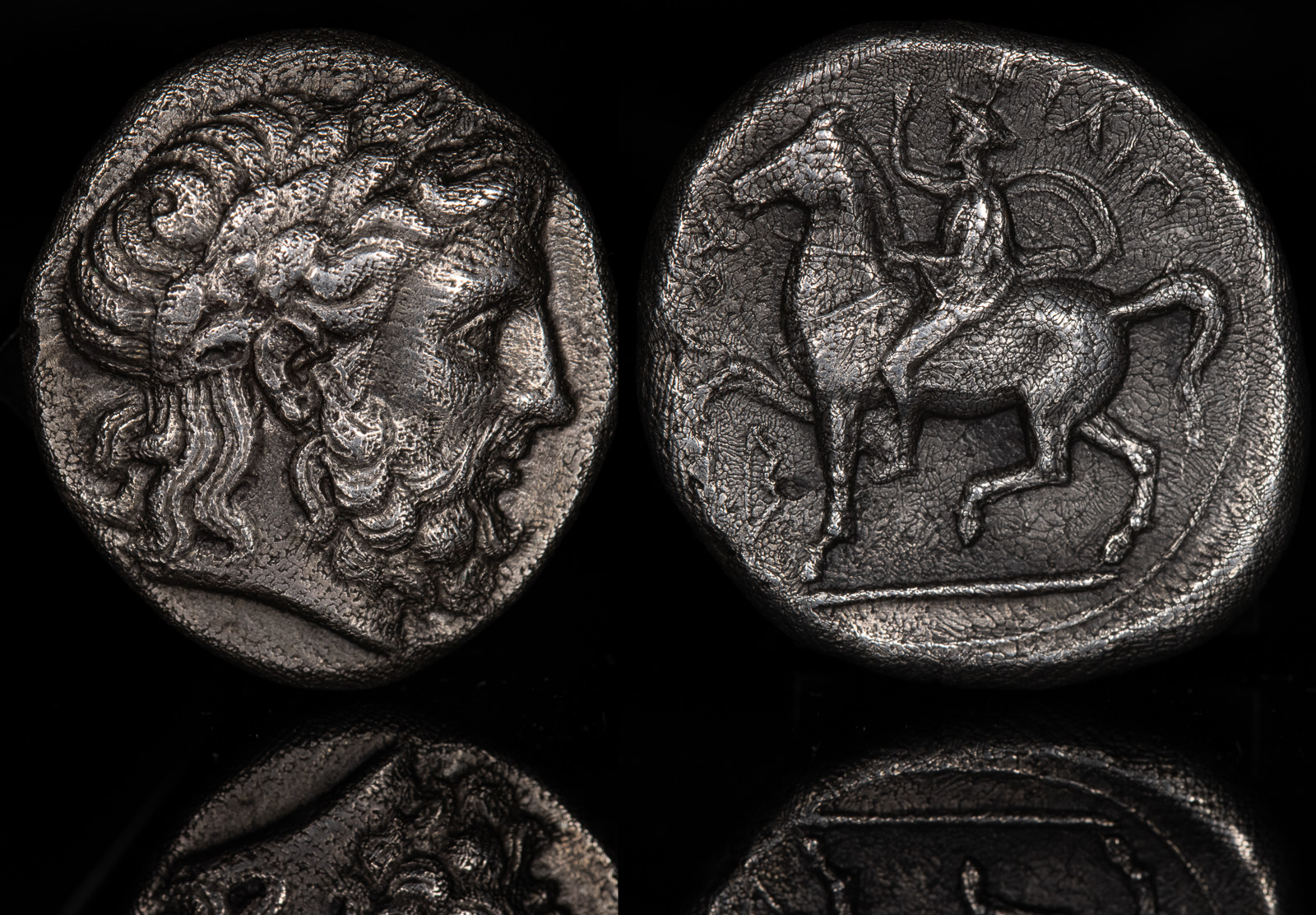Kausia
View All Tags
One of the primary uses of the kausia was by Macedonian soldiers, including those in Alexander the Great’s army during his campaigns. Its lightweight and durable construction made it an ideal headgear for long marches and combat in diverse climates, from the Mediterranean to Central Asia. The hat’s ability to shield the wearer from intense sunlight and moderate rain was particularly valued during these arduous journeys. Soldiers wearing the kausia were often depicted in military reliefs and sculptures, underscoring its prominence as part of their attire.
In civilian life, the kausia was worn by Macedonian farmers, herders, and common people. Its simple design and practicality made it a staple for those working outdoors, offering comfort and functionality. The hat’s wide brim provided excellent shade, making it particularly useful in agricultural settings or while tending to livestock. As a result, the kausia became associated not only with Macedonian soldiers but also with the everyday lives of the rural population.

Macedonian Kingdom, Philip II AR Tetradrachm.
Pella mint, ca 354-349 BCE
22-24 mm., 13.68g.
Laureate head of Zeus right / ΦIΛΛIΠOY, Philip II, diademed & in kausia, on horseback left, raising right hand